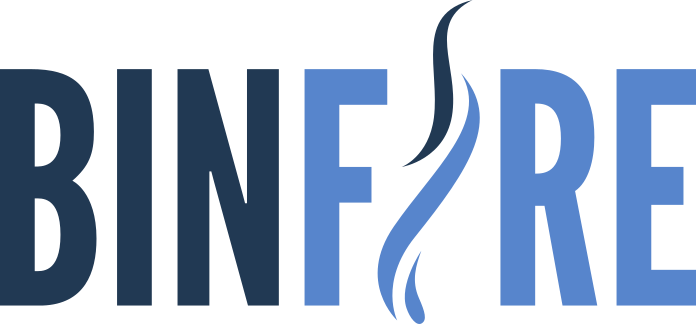If multiple different clients are knocking at your door, that’s often a sign that you’re doing well in your freelance career. But with that growth comes a new kind of challenge: managing income from different sources, each with its own billing practices and payment timelines. One client might pay within days, another might take weeks, and a third might need a follow-up or two before settling an invoice. Without a system in place, it’s all too easy for things to fall through the cracks.
The unpredictability of freelance income can feel overwhelming at times, especially when your workload is high and you’re constantly switching between projects. That said, it’s entirely possible to keep your finances under control with a few well-chosen tools and clear routines. When you set up processes that work for you, you can bring more stability to your income flow and focus more energy on your actual work.
Here are some practical strategies for staying on top of income when you’re working with multiple clients.
Create a Simple Invoicing System
When every invoice looks a little different, finding the one you need later becomes a time-consuming task. Standardize your invoicing process, right down to file names, numbering formats, and payment terms, to help reduce errors and make it easier to track who owes what. Whether you use a template, a dedicated invoicing app, or a lightweight bookkeeping platform, having a consistent system in place minimizes the risk of missed payments or duplicate entries. A reliable system also makes you look more professional, which can speed up the processing of your invoices.
Take payments from international clients? A well-established payment provider like PayPal will often allow you to send invoices directly from their platform. They also integrate smoothly with Maya and many other local banks and e-wallets. You can count on seamless PayPal to Maya transfers at minimal cost, as soon as your payments come in.
Stagger Payment Dates Where Possible
Freelancers don’t always think to do this, but spreading out payment due dates across the month can ease financial pressure. Instead of chasing down three large payments at once and waiting anxiously if any are late, you can aim to receive income at more regular intervals. Some clients may be flexible with invoicing schedules, especially if you work with them regularly. Even a slight adjustment in your billing calendar can make your monthly budget more manageable and reduce the risk of cash flow gaps.
Use a Master Tracker for Projects and Payments
When you’re juggling several clients, relying on your inbox or memory to monitor project status and payments is a recipe for oversight. A centralized tracker can come in the form of a spreadsheet, a simple table, or a project management tool—whatever works for you. Once you set one up, it’ll be easier for you to keep tabs on each payment. It doesn’t have to be complicated; the goal is to give yourself a clear snapshot of where your money is coming from and how long it’s taking to arrive.
Designate Separate Subaccounts for Each Client or Income Stream
When income from multiple sources just flows into a single account, it’s hard to see which and how much clients are contributing to what and how much. If your bank or digital wallet offers the option, consider setting up subaccounts or virtual envelopes. You can use these to sort incoming payments by client, project type, or income stream. This simple step can give you greater visibility into your earnings and help you spot any payment delays or trends over time. It also becomes easier to match deposits with invoices.
Build a Cash Buffer for Irregular Income
Even the most well-meaning clients occasionally miss deadlines. Having a financial cushion can turn a late payment from a crisis into a minor inconvenience. Start setting aside a portion of each payment as soon as you’re able—ideally until you’ve saved enough to cover at least a month of your average expenses. A healthy cash reserve gives you the breathing room to pay bills on time, say yes to selective projects, or simply wait out a dry spell without stress.
Evaluate Client Profitability Regularly
Not all clients are created equal when it comes to time, effort, and payoff. Some might pay well but require constant revisions. Others might be easy to work with but slow to send payments. Review your client roster every few months to better understand where your energy is going and whether each client is worth it. When you’re closely tracking how much time you spend on each project and comparing it to the income it generates, you can make smarter decisions about pricing, availability, and workload distribution.
Use Accounting Tools That Support Multiple Clients
Manual income management might work when you’re just starting, but it becomes harder to maintain as your client base grows. Consider using accounting software that allows you to tag transactions by client, automate recurring invoices, and track payment status. Many of these tools also generate reports that can show you earnings by client or by month, which can help you plan more effectively. The right tool reduces admin time and gives you clearer insight into your financial health—all without needing to become a finance expert.
Receiving income from multiple clients doesn’t have to be a recipe for chaos. Think about what systems can help you bring structure to your finances; in the process, you’ll free up more time to focus on doing your best work. Financial clarity, after all, is one of the most powerful tools a freelancer can have.




